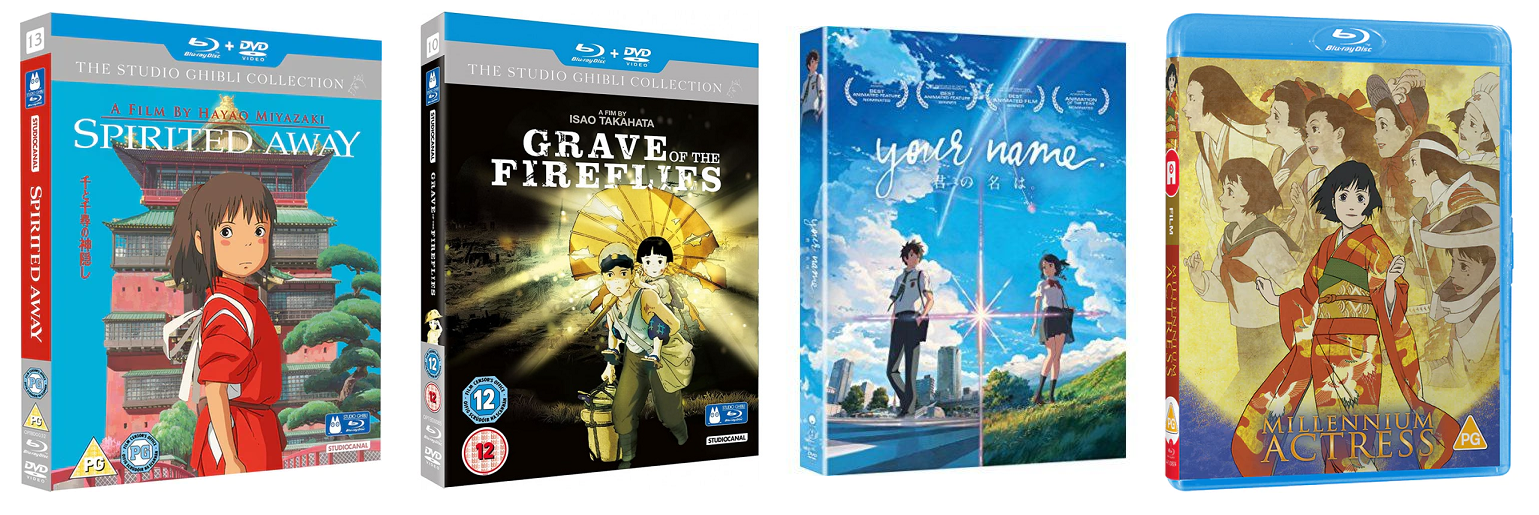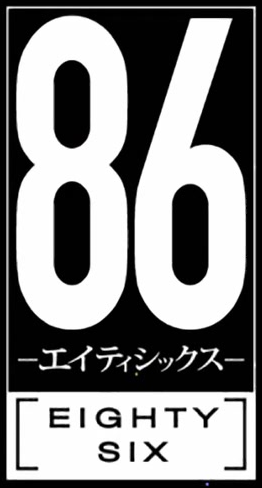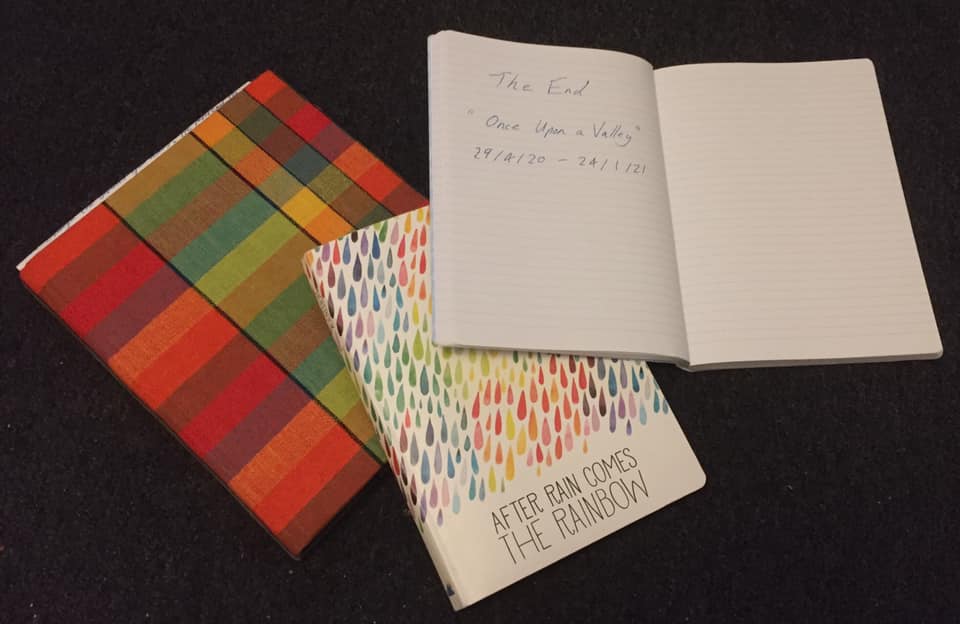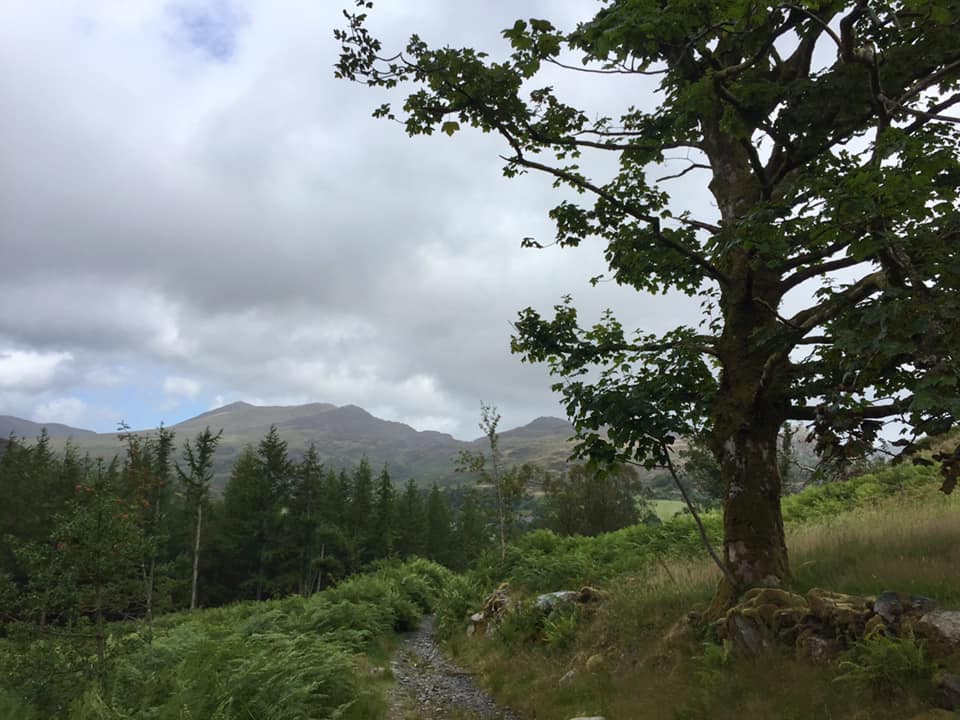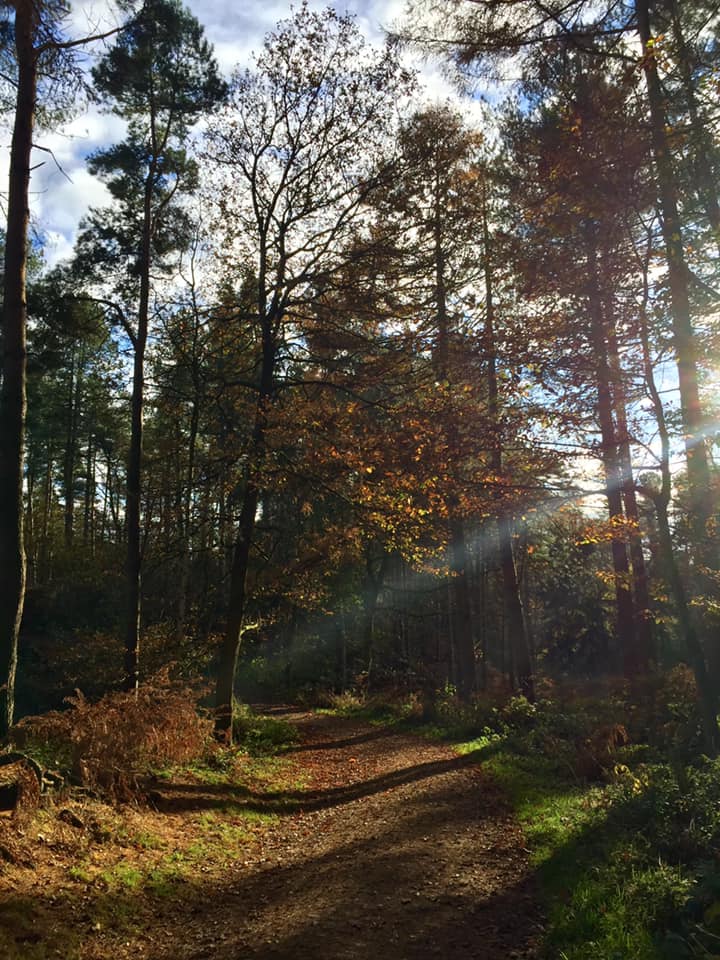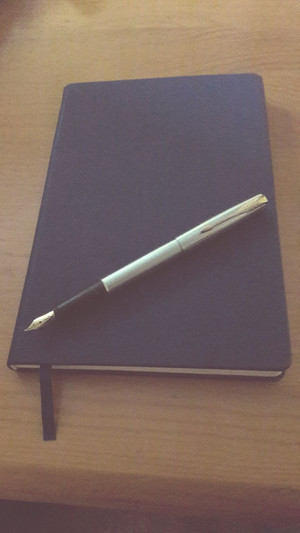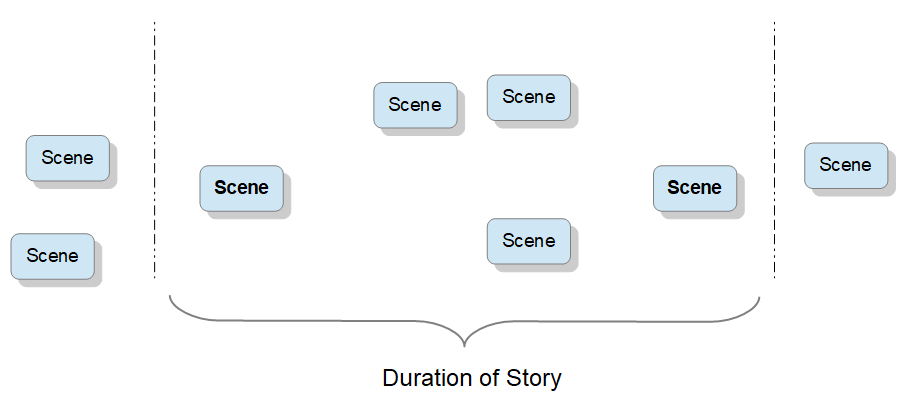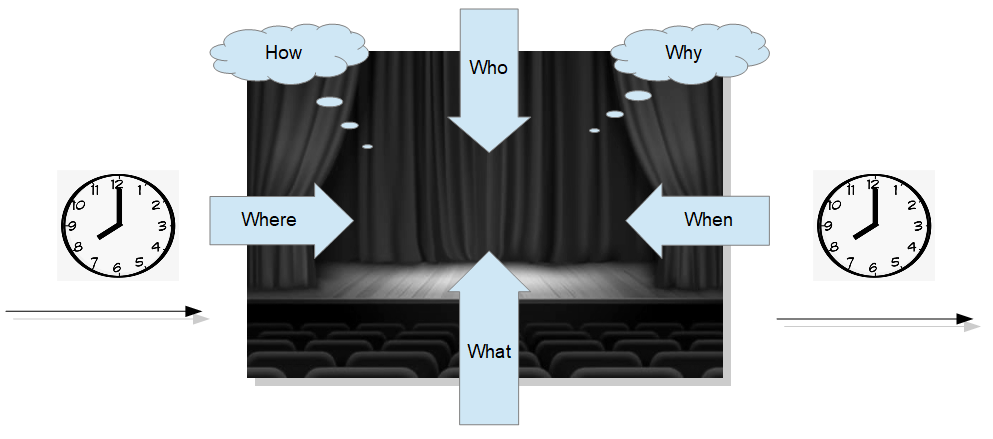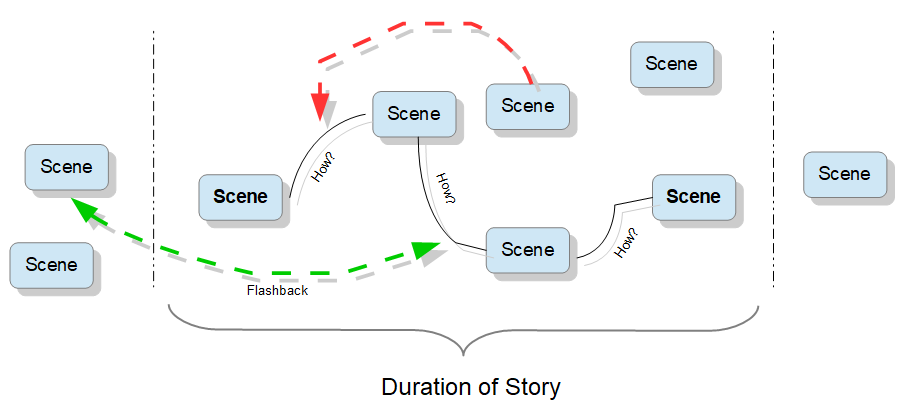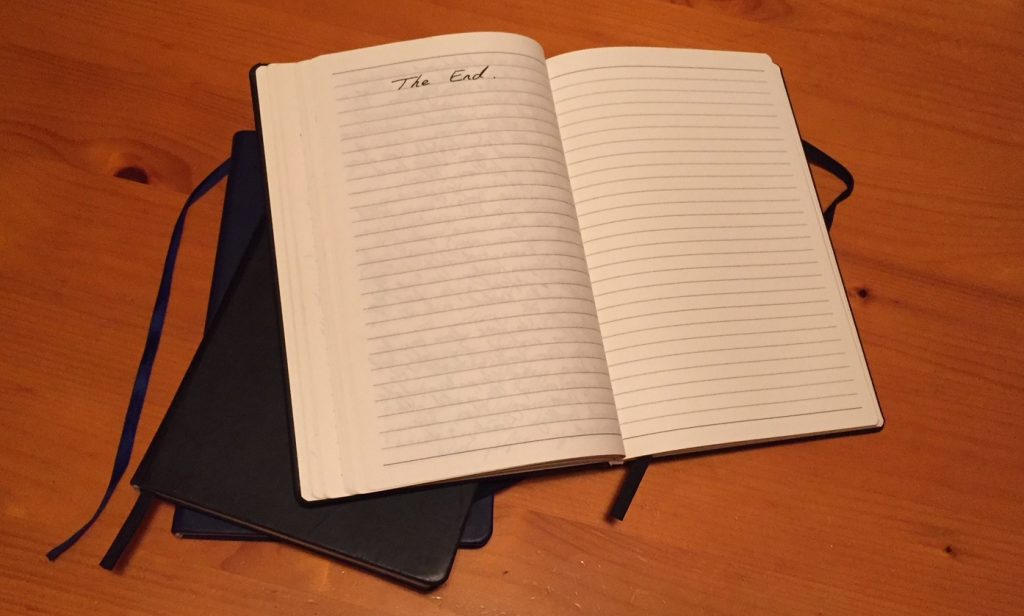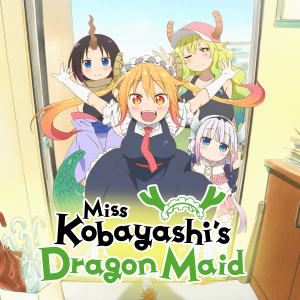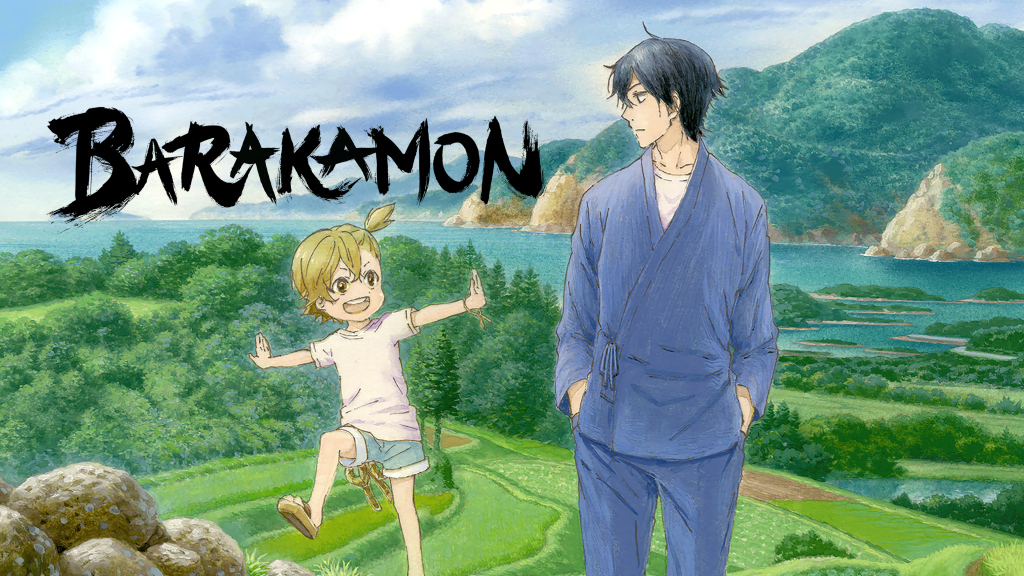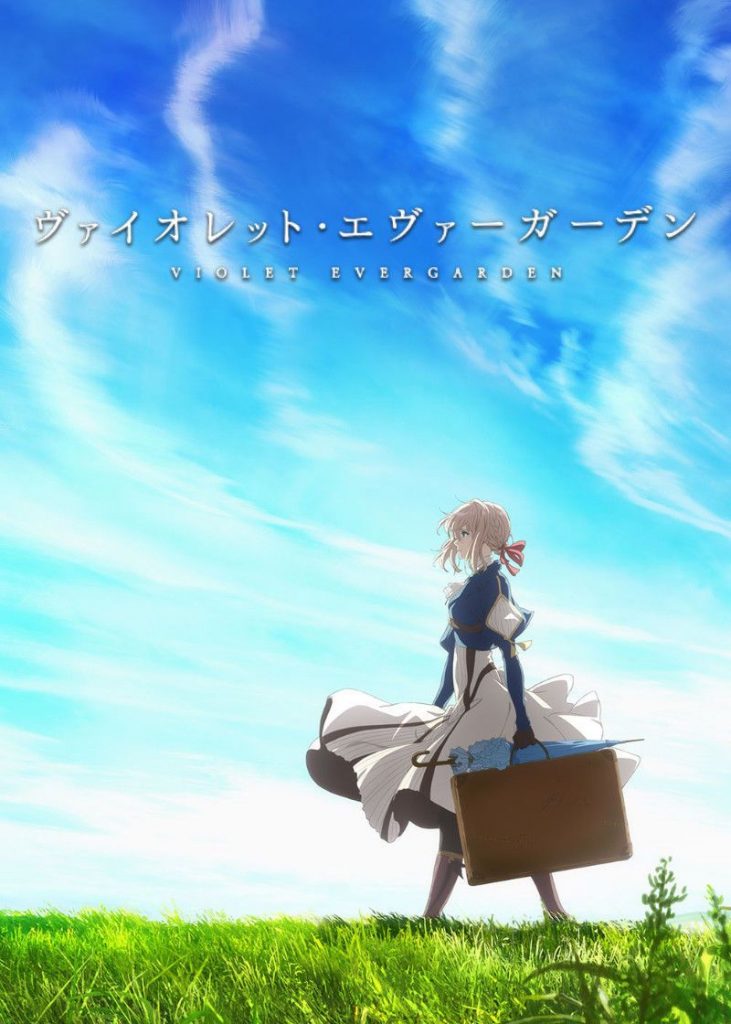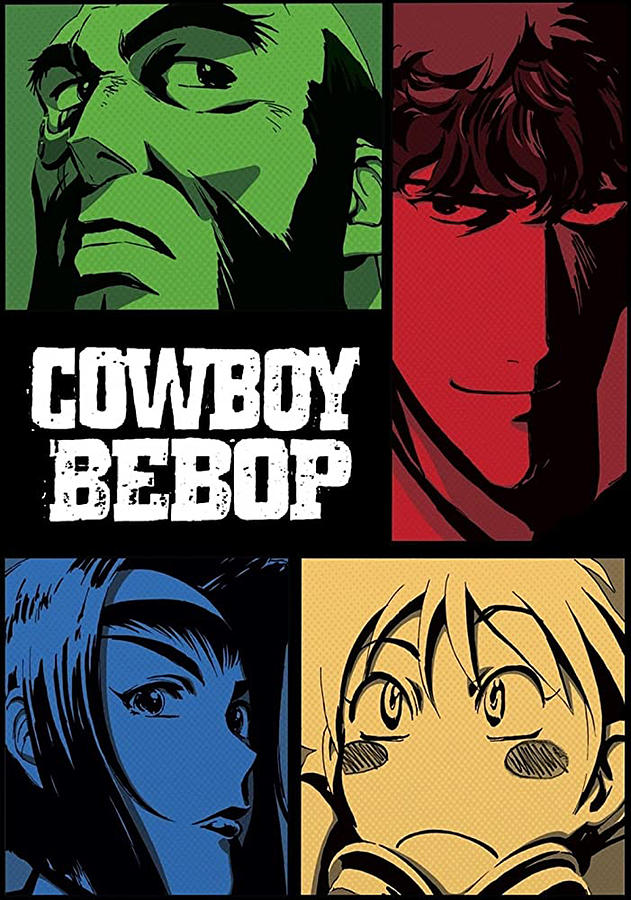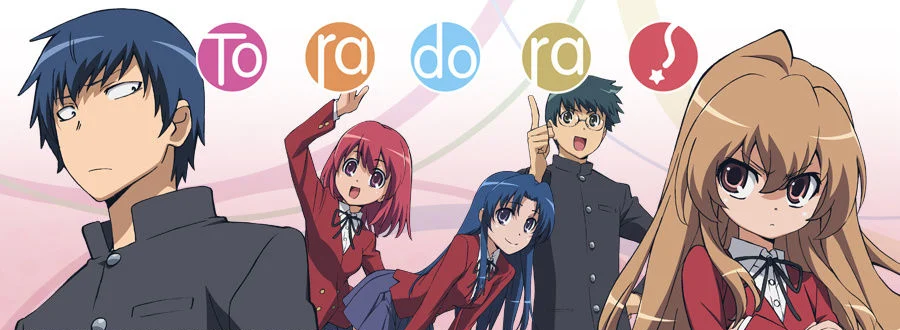One of the most amazing and unique running events I have taken part in.
In the beginning
I’ve almost always been a runner. Ever since my late 20’s, when I found that it hugely helped my asthma… and taking part in events gives me a bit of a ‘focus’.
In March 2013 advertising appeared for something called the ‘Tour of Merseyside‘. It promised 6 races in one week: different venues, different terrains, adding up to 52 miles. I was intrigued – especially as Liverpool City Council had effectively forced the cancellation of the successful Liverpool Marathon for that Autumn. On finding out it was BTR Liverpool behind this new event (the company that had delivered the Marathon and many other races) I immediately signed up. Partly I just wanted to support BTR, partly because… Well, it did sound like a very different challenge!
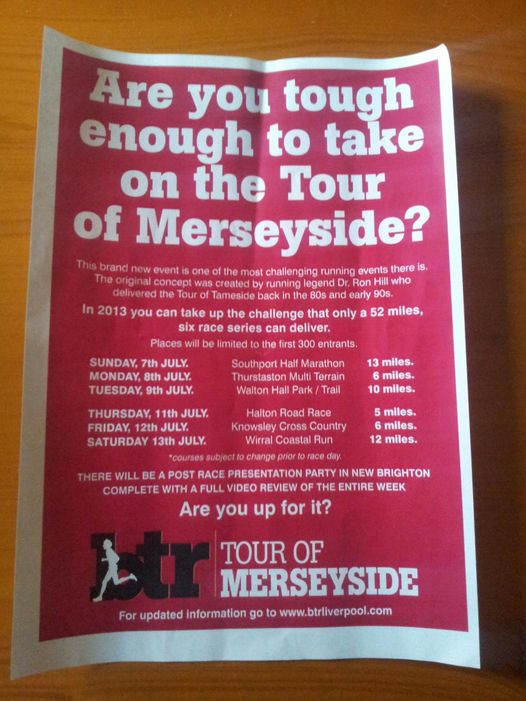
Only then did cold feet start to creep in. OK, I was a fairly experienced runner, 7:30-minute-miling, with a couple of Marathons and a few long trail races to my name, but… 6 races in a week? 52 miles? How would I slot it in around work and get to all the races? Would I only manage the first few races before getting an injury? Some of my worries eased when I talked to a fellow runner who had also entered, and she also confessed many of the same concerns. But my worries only eased a bit as July approached.
52 miles starts here!
That first year just under 100 participants lined up for the start of the Tour. I was curious – what other nutters runners would want to do this unique event. Would it be hard-as-nails whippets with a steely glint in their eyes as they chased down the clock? Thankfully for my sanity, there was a complete range of running abilities. For sure, the Tour always has its ‘whippets’ – and mightily impressive they all are too, achieving some phenomenal times during the week. But it has every type of runner; and as I quickly learned, in this week ‘we are all in it together’.
The first race was actually the Southport Half Marathon, with us ‘Tourists’, as we quickly became known, being ‘guests’ for that event. It didn’t seem anything special though. (Although it was stonkingly hot – I pity the poor chap who was running in a gorilla suit that year!) Sure, us Tourists exchanged a few quick words with each other, but at the race end it was really just ‘Cheerio, see you tomorrow’.
Overture complete, The Tour ‘proper’ starts
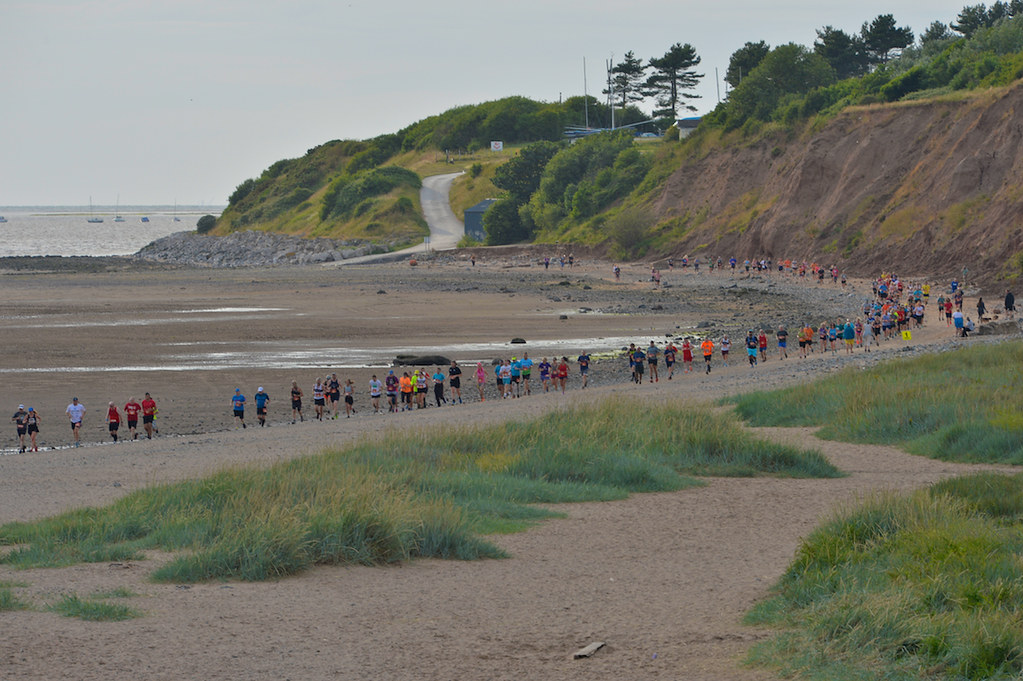
Only at the second race, a multi-terrain at Thurstaston, did the Tour start to make sense. On a personal level, I was quickly aware of the challenge in balancing pace versus niggles, nutrition for recovery versus pre-race food, and sleep levels too. But more importantly, as a group we were becoming familiar faces to each other, cheering each other on. Familiar faces both amongst the runners, the organisers, and the many volunteers who play such a big part in making this event a success.
As the week went on the running grew harder, but so too did the camaraderie, with everyone increasingly looking out for each other. Somehow the increasing tiredness and shakiness in the legs didn’t matter; this was a good week, somehow we would all finish! In the 5 mile race at Hale the Mayor came out to set us off in his full regalia, and at the tussocky cross-country at Stadt Moers anti-mozzi spray was shared around, laughing as we tried not to think that the next race awaited us barely 15 hours later.

By the time of the final 12-mile race, there was a lot of lethargy that had built up in the legs. I made the last turn, and wasn’t counting down the day’s miles “3 to go… 2 to go…” but instead “49 done… 50 done…”, all the while exchanging shout-outs with the other runners. That felt good, beyond all the aches. I can honestly say the feeling when crossing the finish line exceeded that of almost every other event. And there was what I now knew were a fantastic bunch of people to celebrate it all with.
Back for more?
I am proud to say I have competed in every Tour since, as have twelve others. Many other runners come back time and again too, to revisit this unique week, while others move onto new challenges, happy with their memories of the week. After all, everyone has different reasons for running, and not everyone likes to or is able to do the same races every year. But I like to think everyone who has taken part in The Tour has savoured the experience.
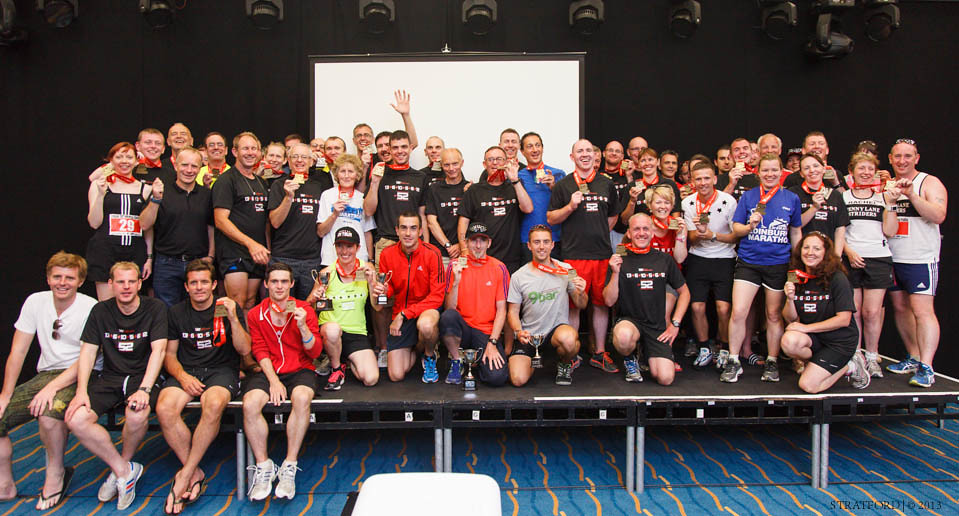
So was that first Tour the best? No. Each Tour is different. I would be hard pushed to pick one as the ‘best’. There have been ones where my performance has been better and worse; ones where the weather has been a friend and an enemy to us all; ones where Facebook has exploded with Tour gags, and ones where the party has been at the end of every race. Faces amongst the ‘whippets’ at the front have changed, records falling, but every single one has been amazing in their times. The stories as to why people are doing the Tour vary each year too, from those looking to ‘nail it’ to fundraisers and those doing it as a personal challenge. Of course, as numbers increased to 300-500 you never got to know everyone, but the camaraderie remains.
There have been changes, too. The five-mile race moved from its original Hale on-road venue to Otterspool Promenade, that race also (unofficially) becoming fancy dress… The route of the Southport Half has changed (not always for the better, but that’s not BTR’s event). In some years the route of the 10 miler has shifted. Oh, and often over the past years an ice cream van has proved a very popular addition after some of the races!
Concluding thoughts

The Tour is and remains a fantastic challenge. For those looking to push themselves and their times, doing so many races in one week really is an unusual premise, and you have to think hard about training, strategy and nutrition. And those seeking a unique experience will certainly gain that, along with many memories.
Racing 52 miles in one week is possible. But you know what? Every year I still have those same worries I had in the first year. And I still look forward to Tour Week every year. So step forward Alan Rothwell of BTR Liverpool, who adapted the Tour from Ron Hill’s original 1980’s Tour of Tameside. Step forward too the multiple others involved, including volunteers and supporters who turn out every year. What has been created with the Tour of Merseyside is truly something special.
What’s it practically like?
You’re still here? OK, to finish off, this is a very brief description of Tour week in recent years:
- Southport Half Marathon, 13.1 miles, Sun a.m.
Never an easy one to kick off with; Southport’s position on the coast means either sunshine or wind can be a very noticeable factor! Still, there’s well over 24 hours to recover before… - Thurstaston Multi-Terrain, 5.9 miles, Mon p.m.
Road, Beach, hilly trails, stone paths – a mix which can come as a shock to those not used to off-road running! And some years that beach can be nice and firm, other years it can be a right… yeah. - The Ralla, 10 miles, Tue p.m.
Up and down a cycleway made from an old rail line, so it’s mostly flat, even if your legs say otherwise. With lots of two way running, shout-outs and high-fives rule the day, but the cumulative effect is starting to make itself felt on the muscles and joints. - Otterspool Prom, 5 miles, Thu p.m.
After a day’s rest, the shortest race of the week. Mostly flat, but a course alongside the banks of the Mersey means wind can be a factor. Race pace can also depend on what costume [optional] you’ve chosen to run in! - Stadt Moers Cross-Country, 6 miles, Fri p.m.
Two laps of a twisty little course on both rough grass and smooth tarmac paths. Often seems a quick and easy race; which is just as well, because there’s barely any time to recover before… - Wirral Coastal, 12 miles, Sat a.m.
A dead flat run out and back from New Brighton to Hoylake, including a short stretch on the beach. Sounds easy but the distance is tough after all the week’s miles – and the wind really can be capricious! Still, grind out those miles because you won’t stop now. - Relax, Sat p.m.
Whether attending the post-race presentations and celebrations (recommended) or just soaking in a hot bath, taking pride in what you’ve achieved. Just remember to set the alarm for 9 a.m. the following day, when entries open for the next year’s Tour…
Ian Raymond
08/07/23








